The pyramids: More than just tombs, they are the ladder to heaven for ancient Egyptian civilization.
Before going to Egypt, my understanding of the pyramids was the same as most people’s:…
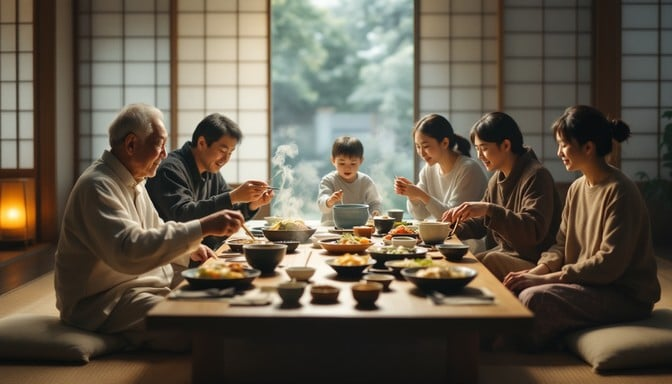
When you think of Japan, you might immediately picture Mount Fuji, kimonos, cherry blossoms, and sushi. This island nation, blessed with four distinct seasons, is not only rich in historical culture but has also developed a unique and refined lifestyle along with a complex set of social norms. To truly understand Japan, one must delve into the daily lives and customs of its people, where beneath the calm exterior lies a world of depth and quiet charm.

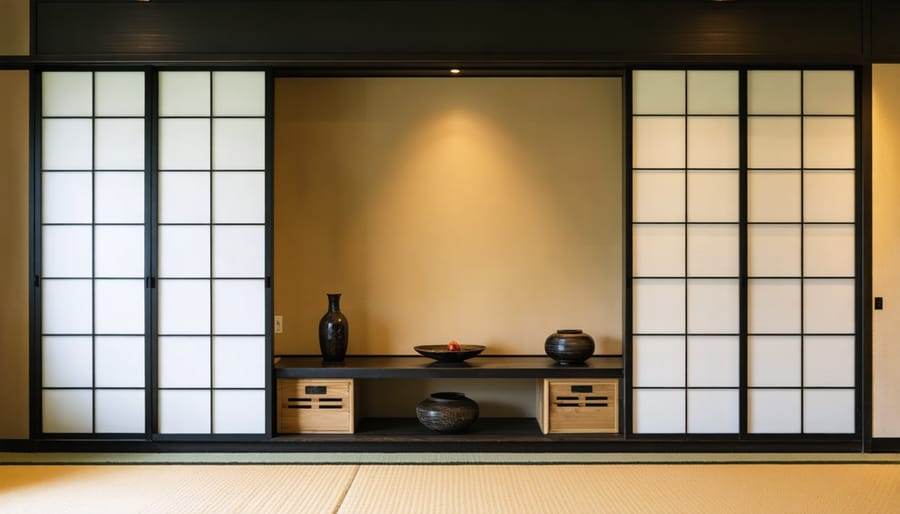
3. Housing Culture: Wisdom in Compact Living
Japanese homes are known for being compact, neat, and highly functional. Due to limited space and high population density, most people live in apartment-style residences. Efficient use of space through clever storage solutions and furniture design reflects practical wisdom:
Multi-functional furniture such as foldable beds, adjustable tables, and tatami flooring are commonly used.
Shoes are removed at the entrance and replaced with indoor slippers to maintain cleanliness.
Bathroom areas are usually separated into a bathing section and a toilet section, demonstrating a cultural emphasis on hygiene and privacy.
Many Japanese are passionate about maintaining a clean and orderly home. Concepts like “decluttering” (danshari) and the influence of tidying expert Marie Kondo highlight the values of simplicity and self-discipline in Japanese domestic life.
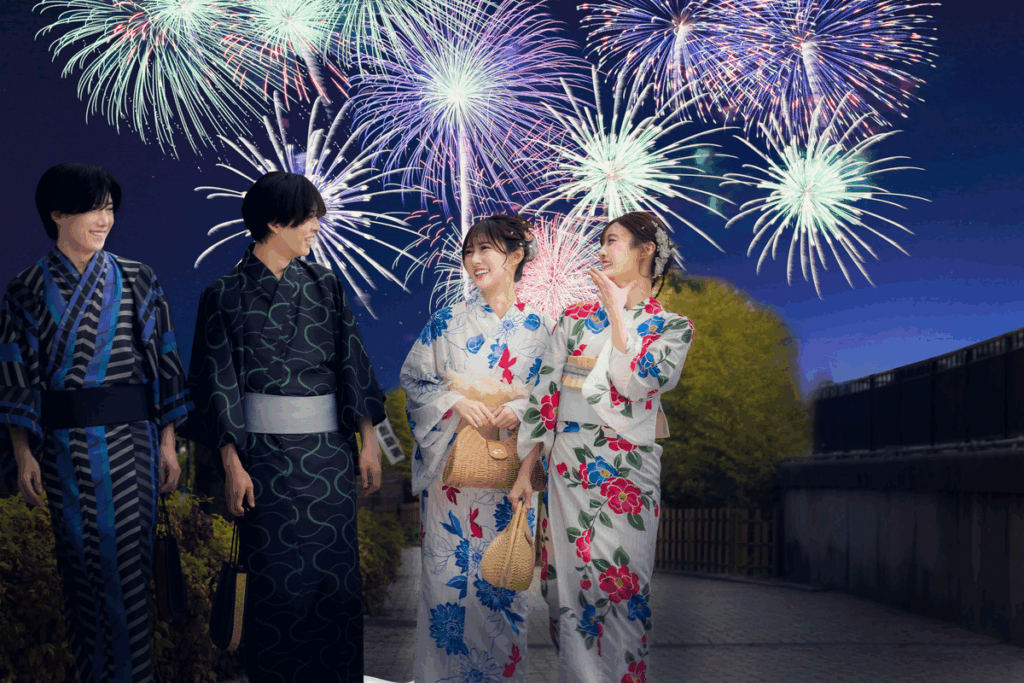
4. Dietary Habits: Balancing Seasonality and Aesthetic
Japanese cuisine is not only light and healthy in taste but also emphasizes the harmony of color, aroma, and presentation—often reflecting the seasons.
In spring, pink cherry blossom rice may be found in lunchboxes during hanami (flower viewing).
In summer, chilled soba noodles and cold tofu are popular choices.
Autumn is known as the “season of appetite,” featuring seasonal delicacies like chestnut rice and grilled Pacific saury.
Winter meals center around warm hot pots and toshikoshi soba (year-end noodles).
Daily meals typically consist of:
Rice as the staple, accompanied by a variety of side dishes;
Raw foods like sushi and sashimi are widely enjoyed;
Miso soup is almost always present in a meal;
Convenience store bentos and rice balls offer a quick and accessible option for workers and students.
It is also worth noting that eating quietly is a sign of good manners in Japan—except when eating ramen, where slurping is culturally acceptable.
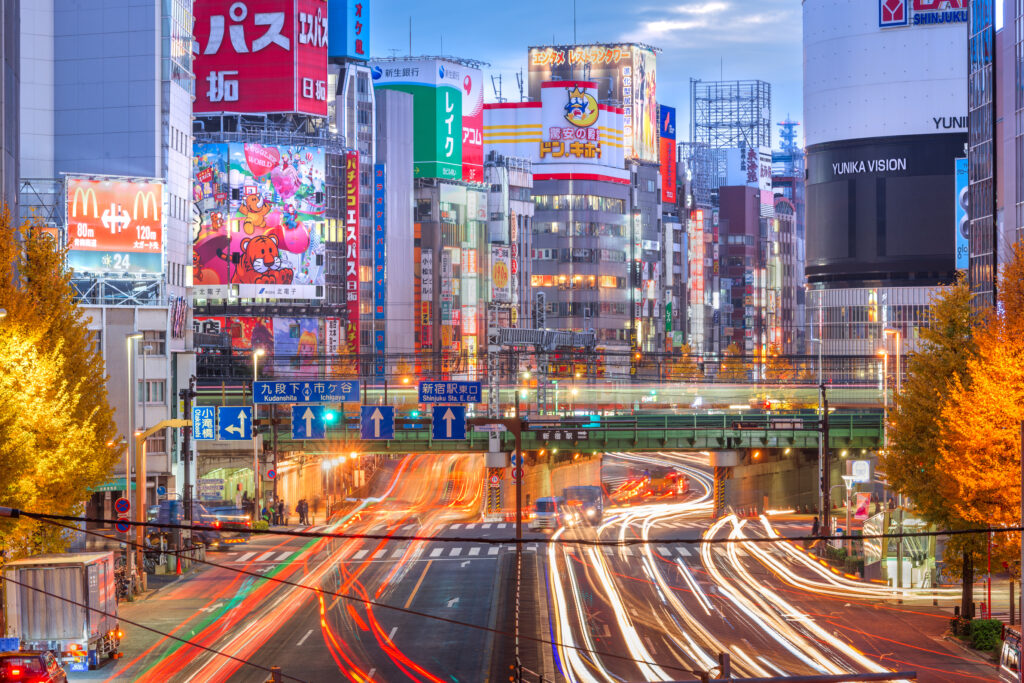
5. Festivals and Traditions: Preserving Culture in Modern Life
Despite the rapid modernization of society, Japan still honors its traditional festivals and customs, often giving them new meaning in contemporary life.
New Year (Shōgatsu) is the most important holiday. Families reunite, visit shrines, send New Year cards, and enjoy traditional dishes called osechi ryōri.
Cherry Blossom Season (March–April) sees nationwide hanami picnics under blooming sakura trees, celebrating the fleeting beauty of life.
Obon (August) is a time to honor ancestors. Many people return to their hometowns to clean graves and pay respects.
Shichi-Go-San Festival celebrates children aged 3, 5, and 7. They wear traditional attire and visit shrines for blessings.
Even in highly urbanized cities, traditional elements persist—people wear yukata during summer festivals, attend tea ceremonies or flower arranging classes, and take part in local shrine festivals.
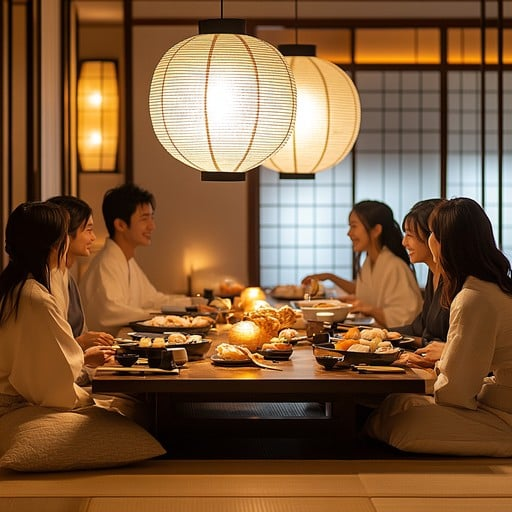
6. Public Order: The Foundation of a High-Morality Society
Visitors to Japan are often amazed by the cleanliness and orderliness of the streets. Surprisingly, public trash bins are rare, yet litter is uncommon. This isn’t the result of strict enforcement, but rather the product of widespread civic responsibility.
Garbage separation rules are strict and vary by region;
Eating in public is generally avoided, especially while walking, as it’s considered impolite;
Queuing culture is deeply ingrained—even at the busiest train stations, people line up patiently.
This sense of order is nurtured from a young age. Japanese education emphasizes group harmony, adherence to rules, and a strong sense of responsibility.
Conclusion: A Philosophy of Quiet Depth
To step into the daily life of the Japanese is like opening a delicately written journal filled with grace and mindfulness. Beneath the appearance of restraint and structure lies a deep reverence for nature, tradition, and the aesthetics of everyday life.
Whether it’s the energy of a summer festival, the serenity of a tea ceremony, or an elderly person quietly sweeping leaves outside their home at dawn, each scene reflects a profound cultural wisdom—one that finds significance in the smallest of acts and maintains harmony between people and the world around them.
Japanese life doesn’t seek grandeur; rather, it celebrates beauty through subtlety, routine, and a quiet sense of purpose.